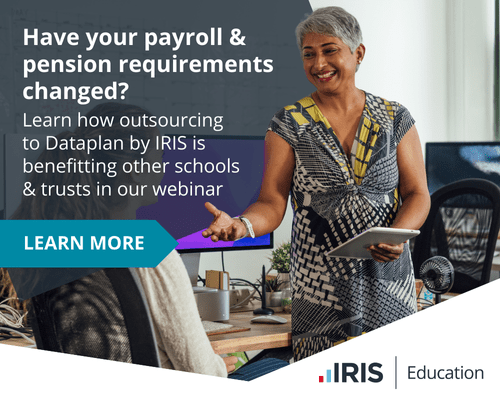
As part of the Ofsted guidance around teaching and learning teachers need to be able to monitor pupils’ understanding both systematically and effectively during lessons in order to offer the most appropriate support. In order to check this progress, and ensure the right approach is used to meet both teacher’s and pupils’ needs, schools should consider technology and the role it can play in making the whole process smoother, slicker and more efficient.

Here Carl Sheen, former teacher and head of training and development at Genee World, discusses just some of the ways in which schools can use technology to enhance the effectiveness of their teaching and learning.
Ofsted – the word that changes the atmosphere in a school as soon as it is uttered. No-one knows exactly when inspectors will come knocking, so how can you get ahead of the game and simplify processes so that, when that time comes, the process is as smooth and stress-free as possible? One solution: technology.
Current guidance
Under current guidance, the common inspection framework sets out some overarching criteria for judging the quality of teaching, learning and assessment. These include (but aren’t limited to) the evaluation of whether:
- teachers and other staff have consistently high expectations of what each pupil can achieve, including disadvantaged pupils and the most able;
- assessment information is used to plan appropriate teaching and learning strategies, including to identify pupils who are falling behind in their learning or who need additional support, enabling pupils to make good progress and achieve well;
- pupils understand how to improve as a result of useful feedback, written or oral, from teachers (with the exception of very young pupils).
While many resources and processes will help evidence and evaluate these factors, technology can really help to join the dots and take teaching and learning to the next level – especially when it comes to tailoring content for students. Using cloud-based platforms, teachers can simplify lesson planning and delivery and this can be shared to students’ devices instantly.
Targeted resources
Rather than having to manually select which resources to send to which students throughout the lesson – which is a huge organisational and logistical challenge – teachers can quickly and easily differentiate content at the initial lesson planning stage. Groups can then be created and assigned – for example, based on high ability, pupil premium, English as an additional language (EAL) activities – and, at the click of a button, content can be sent straight to students’ tablets and/or mobile devices.
This means that, not only are pupils receiving the appropriate material aligned to their ability, but also that they are receiving it in a way which does not publicise to the whole class what level they or their peers are at.
Setting the pace
Furthermore, being able to login to a system or app through their own personal login – or using their own devices if the school has a BYOD policy – enables students who may struggle with a topic, or learn at a slower pace, to continue learning at home and complete tasks at their own pace, removing the fear of embarrassment or stress if other class members complete a task at a faster speed.
When it comes to providing feedback, and supporting student improvement, rather than having to conduct tests, mark each one manually and identify every student’s strengths and weaknesses, using technology can condense this process significantly. For example, using audience response systems creates a more fun, engaging way for students to interact and can be a useful tool for teachers to gauge opinions and assess students’ levels of understanding on certain topics in real-time. They can then provide instant feedback to individuals on the areas they need to develop and provide guidance on how best to do this.
Tailored teaching
Technology also gives teachers the ability to monitor work digitally. By having access to each device they can quickly and simply identify any students who might be struggling, are disengaged or distracted. Using this information they can then create appropriate plans and put the right support in place to ensure all students are on track and able to reach their full potential. Doing it this way not only gives the teacher a centralised way of accessing and managing student data, but also helps to protect students’ self-confidence.
There are so many ways in which technology can help facilitate more efficient, engaging and valuable strategies for teaching and learning but it’s important to consider those that provide a full suite of solutions in order to minimise the amount a school is having to invest in technology. This way, schools will have the reassurance that, not only will the resources purchased provide a return on investment in terms of costs, but will also help staff and leaders to get ahead of the game and be fully prepared when Ofsted come knocking.
Don’t forget to follow us on Twitter, like us on Facebook, or connect with us on LinkedIn!


Be the first to comment